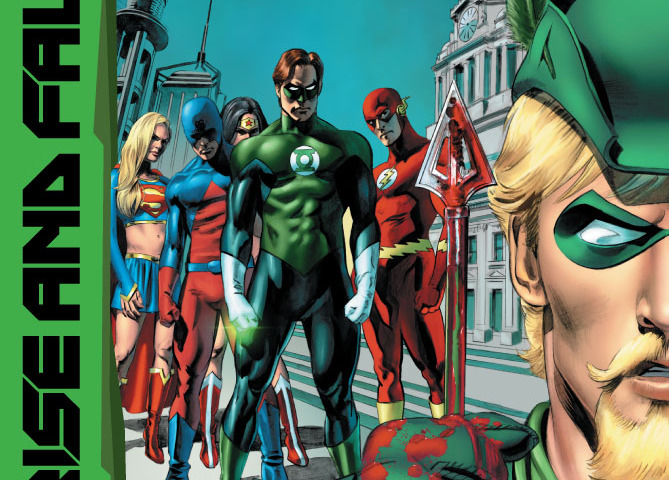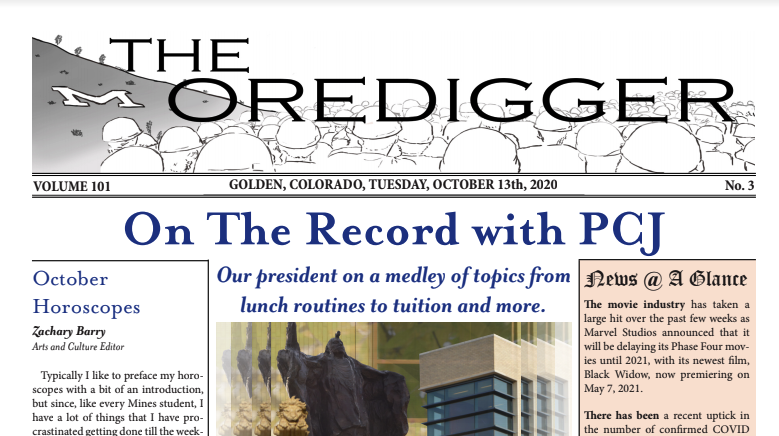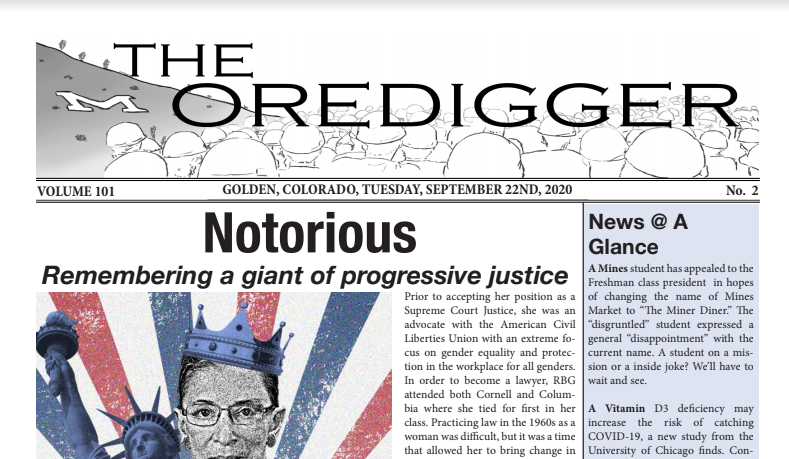Disclaimer: This column is an opinion formed by an author who does not have an omniscient knowledge of comics. It also contains spoilers for the “Rise and Fall” and “Cry for Justice.”
“Justice League: Rise and Fall.” There are plenty of poorly written comics and plenty of potentially great stories that fall into the hands of mediocre writers, but rarely does one see a story with such potential fail so hard at living up to what it could have been. There was a good premise here. The main players were well-established and interesting characters. There was some excellent history behind all of the motivations in the story. This should have been a compelling, dramatic epic of a story, focusing on the relatable struggles of dealing with personal demons and the impotence of being to fix someone else’s problems, even for those who can see exactly where the troubles are headed. Instead, it comes off as a lackluster, sloppy piece of work thrown together by a writer who started with an outline of where the story needed to go and did not progress much beyond that point. But, before tossing this work aside as the sloppy and frankly insulting drivel that it is, readers and fans should actually take a look at this comic’s story.
“Rise and Fall” was a pre-52 story from 2010. It is a direct sequel to “Cry For Justice,” which told, among other subplots, the story of Prometheus, a super intelligent villain from Batman’s rogue gallery, attacking the Justice League of America. In his attack, he managed to surprise the JLA in their watchtower, sever one of Red Arrow’s arms, and destroy much of Star City, the home base for most of the Arrow clan. Red Arrow’s daughter, Lian, was among those killed in the destruction. Prometheus escaped from the League, but Green Arrow tracked him down and killed him with an arrow to the face. These comics took place during a time when DC was attempting to make many of its iconic, idealistic heroes and their stories much darker than they had previously been. Some of these attempts actually led to decent and sometimes good comics, but as is often the case with editorial mandates, some of the stories were just dark for the sake of being dark and thus the content of the comics often fell flat on its face. Unfortunately, despite its interesting premise, “Rise and Fall” entrenches itself firmly in the latter category.
“Rise and Fall” is really a comic split into two halves for two separate stories that are supposed to be intertwined but really just end up co-existing in the same timeline: the “Fall” of Green Arrow and the tragic “Rise” of Arsenal from the ashes of Red Arrow. Green Arrow’s tale begins with a recap of the events from the end of “Cry For Justice,” followed by Green Arrow returning to Star City to hunt down Electrocutioner, the supervillain who helped Prometheus devastate the city and who Green Arrow blame’s for Lian’s death. The other heroes attempt to track down Prometheus and eventually find his body with a green arrow sticking out of it. Flash (Barry Allen) and Green Lantern (Hal Jordan) go twice with Black Canary to confront the Emerald Archer about the murder, only to have Green Arrow evade them both times. He eventually meets up with the current Speedy (Mia Dearden), who has caught the Electrocutioner and who asks for the chance to kill him herself, as she feels guilty for letting Lian die while under her supervision. Green Arrow has a strange and fairly unconvincing change of heart and refuses to let Mia or himself kill Electrocutioner. Arrow turns himself over to the authorities, leading to an unintentionally hilarious scene where Green Arrow is arrested, yet nobody recognizes him as the former mayor, Oliver Queen, until his incredibly small domino mask is pulled from his face. Arrow then spends some time in jail where Black Canary breaks up with him. In an impossibly quick manner, he is given his day in court where the jury finds him “not guilty” of the murder he committed. The judge disagrees, but instead of overturning the verdict, simply banishes Queen from Star City with the threat of incarceration should he ever return. And so Green Arrow’s story ends, with Queen supposedly learning a lesson but not appearing to have changed at all and having managed to get away with literal murder scott-free.
Green Arrow’s story, while uncompelling and poorly executed, at least avoided having any major consequence. While Roy Harper’s tale is not handled any better, he unfortunately does not escape his mess of a plot without permanent damage to his character. The second half of the comic begins with a more detailed look at the fight between Roy Harper (Red Arrow) and Prometheus which “Cry For Justice” skipped over. Roy gets his arm chopped off and wakes up in the medical facilities, surrounded by members of the League. As the realization hits him that his arm is really gone, he learns about the destruction in Star City and the death of his daughter. Understandably distraught and medicated, he begins hallucinating a conversation with Corey, his old drug dealer. (For those who were unaware, in 1971 DC published a storyline that revealed teenage Roy Harper as a heroin addict. Harper eventually managed to kick his addiction with help from Green Lantern and Black Canary.) In pain, Roy swipes some pain pills from Dr. Mid-Nite and after seeing Lian in the morgue and convincing himself that she is really dead, returns to his home. He rejects the company of his friends and continues hallucinating encounters with Corey alongside nightmares about Lian’s death. He later finds out that Green Arrow killed Prometheus and gets even more angry at being denied his revenge. Roy stops by S.T.A.R labs to attach a new robotic arm to his stump before attending Lian’s funeral. A few heroes attempt to offer comfort but Roy lashes out at all of them and leaves for home. There, he is attacked by Chesire, Lian’s mother. They fight, blaming each other for not protecting Lian, which somehow leads to them attempting to get intimate. Roy later hits the streets in his old Arsenal costume, beats up some thugs, and scores some heroin. He then fights a few druggies and Batman, hallucinating that they are all Prometheus. Batman subdues him and alongside Canary, dump him in a rehab facility for villains. Unsurprisingly, this is not a very helpful move and once he starts hallucinating visions of Lian urging him to kill the other man responsible for her death (Electrocutioner), Roy breaks out of rehab and breaks into the jail where Electrocutioner is currently being held. This is the same jail where Green Arrow is incarcerated, so Queen fights Roy in an attempt to stop him. Roy, however, manages to evade him long enough to kill Electrocutioner. He then leaves, burns down his house, and strikes out to bring justice to the streets once more as Arsenal.
There are so many things wrong with this story, it is hard to know where to start. However, what ultimately ruins what could have been a salvageable, possibly even good, comic is the way the characters are written. Good storytellers should know their characters and their world well enough to come up with a scenario, drop the characters in, and let the resulting character actions and interactions dictate or at least guide the direction of the story from there. In this book, the characters serve as little more than cardboard cutout mouthpieces for the writer, saying and doing whatever was needed to move the story along in the direction the author and editorial team thought it should go. This is straight-up lazy writing that really hurts what could have been a really interesting story. As a result of this lack of effort, the characters come across as wooden, hollow, cliched, and often irrational or nonsensical. The way most of them are written flies completely in the face of established character traits and spits in the face of the long, in-depth history of personality and experiences each of them have accumulated over their years of existence. Roy goes from understandably angry and in pain over his daughter’s death to a raging, deliberately spiteful jerk for no adequate reason. Most of the other heroes consistently behave like idiots and even Black Canary, who helped Roy through his original addiction and withdrawal, does a complete turnaround and dumps him in a rehab clinic to deal with his problems alone at the first sign of drug abuse. Expecting anyone to believe real people, much less these characters, behave this way is a slap in the face to longtime fans and an insult to the intelligence of new readers.
Most of the other problems stem from this. It is really hard to get invested in the pain of a character who is not acting like the person fans know him or her to be. It is hard to enjoy the fight scenes when characters are not acting like themselves and the audience has no reason to believe that there is really anything at stake in these clashes. Even the deaths in this story fall flat, carrying none of the emotional weight or significance they should. The reader has no reason to care whether or not a boring and unlikable character will kill one that the audience did not get a chance to know.
The cover and between issues art is actually pretty good but the actual artwork featured in the comics is inconsistent as all get-out and shifts from acceptable to distracting to annoyingly bad on a regular basis. Readers could be forgiven for assuming that the artists were going for a “superheroes with scoliosis” theme in this book, what with all the odd and impossible angles between the characters’ torsos and hips. Proportions in this comic are all over the place and after seeing the fifth or sixth hero standing or moving in a way that would make professional contortionist do a double-take, one starts to believe that the artists either have no concept of basic human anatomy or are under the impression that all superheroes are made of bionic rubber. Additionally, while it is unfortunately somewhat expected that women in comics tend to be drawn in a sexual way more often than men, this book is blatant and bad about it. Every panel that features a female that has gone through puberty finds a way to show off her chest or rear, even when the artists have to twist her spine to do so. Girls get dialogue in this book largely when the author needs someone to have a brief “let’s talk about feelings” interlude and they are usually silenced quickly after. No female in this comic does anything significant to the plot, though to be fair, few of the men drive the plot much either. In fact, for all the action this book seems to contain, the plot does not go much of anywhere. Point being, women in this book are drawn and written here as little more than talking blow-up dolls. Heck, Roy’s hallucination of Lian is a more interesting and better-drawn character than any of the other girls in the comic.
The art is flat-out terrible at its primary job: supporting and enhancing the story being told in the comic. Exaggerated detailing often give dramatic moments a ludicrous feel while a complete lack of detail in other scenes prevent the reader from understanding what is going on or how a character is reacting to a situation. When facial expressions and body language are readable, they are usually clash with the tone of the scene. The most obvious example of this is during the scene where Roy finds out about Lian’s death. As he collapses onto the floor, one would expect his friends to want to comfort him, or perhaps to be angry and sad on his behalf, or maybe even uncomfortable and uncertain of what to do. But when Roy Harper falls to the floor in pain, a broken man realizing he has lost everything, almost all of the others strike some sort of heroic pose in the background. It is stupid, distracting, and subtly takes the reader out of the drama of the scene, greatly reducing its impact.
Overall, this comic hits every negative stereotype that gives comic books a bad name. It is poorly written, mindless drivel that is gritty and violent for the sake of shock value instead of story. The characters are flat and unbelievable, the story that could have actually been really good and compelling is reduced to a poorly-translated mess of a summary of what could have been, and the art is overall sloppy. It seems like the comic is trying to re-create the magic that made the (admittedly flawed but still way better) “Identity Crisis” but with far less effort. The attempt falls on its face so hard, that this comic is still trying to surgically remove pieces of the ground from its forehead. Diehard DC fans might want to give this book a quick look if only to say they have read it. Everybody else should take a pass. There is no shortage of quality stories about these characters; there is no need to waste time on a comic that attempts to make them more generic than off-brand aspirin.




'Comic Corner: “Justice League: Rise and Fall”' has no comments
Be the first to comment this post!